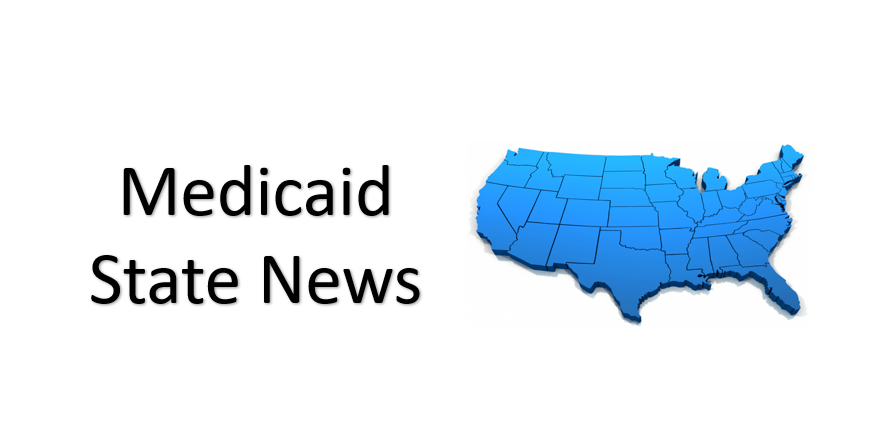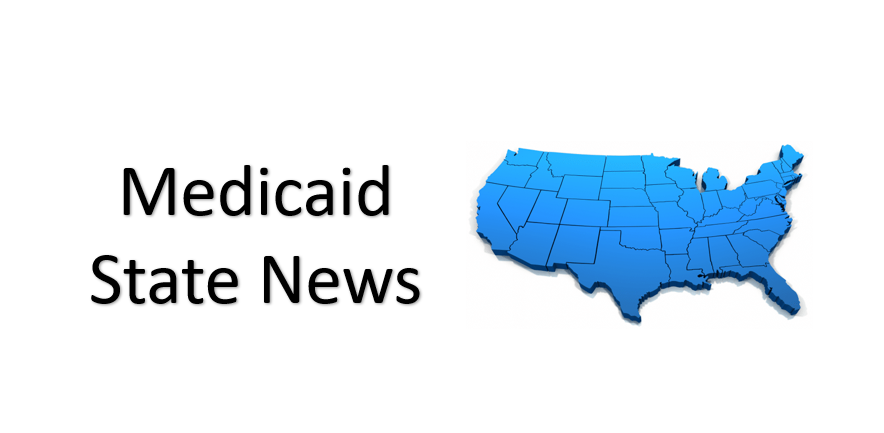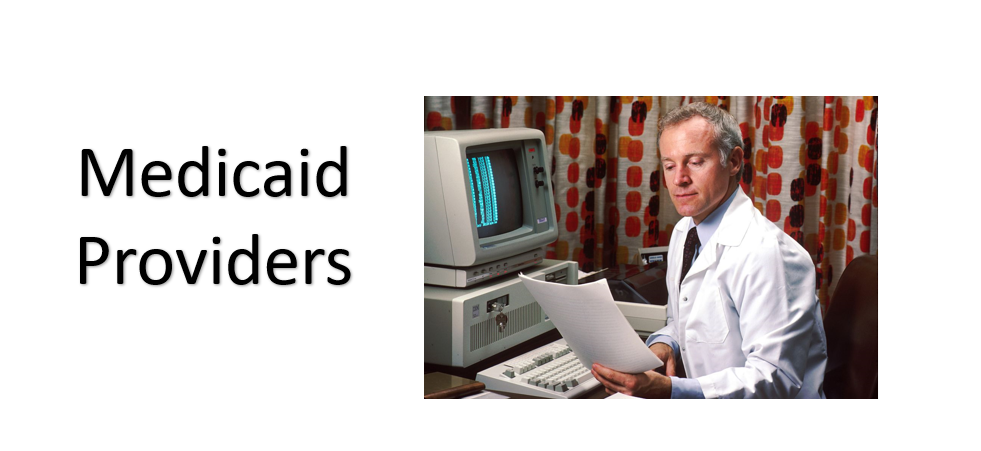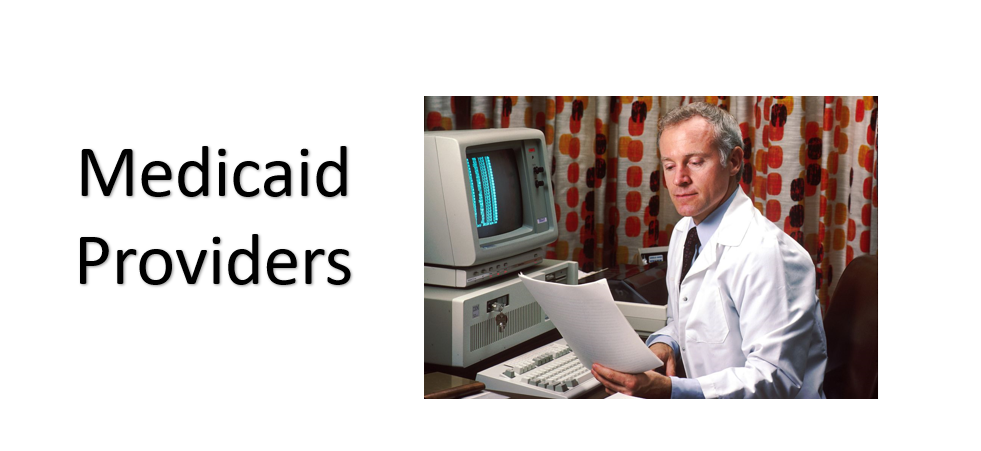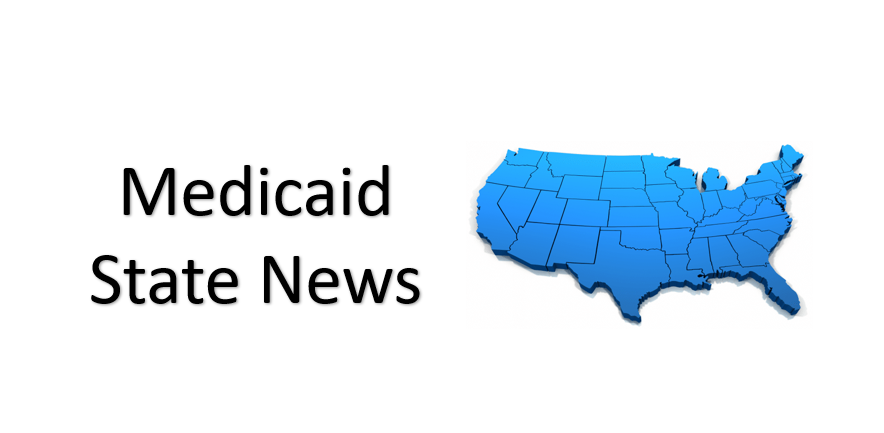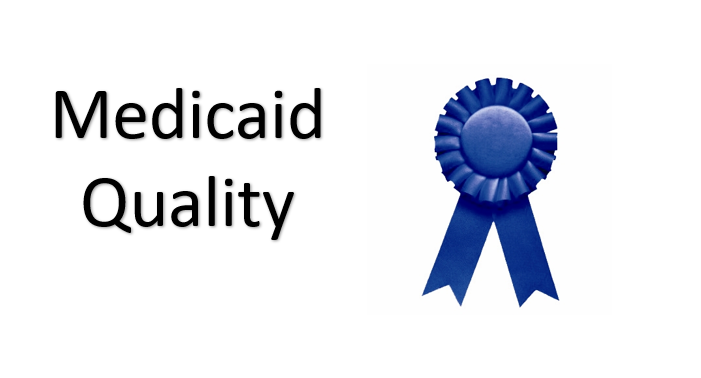The article below has been highlighted and summarized by our research team. It is provided here for member convenience as part of our Curator service.
Curator summary
Latest Payment Error Rate report from CMS show Medicaid at 3x Medicare Part C for improper payments.
Clipped from: https://www.cms.gov/newsroom/fact-sheets/2020-estimated-improper-payment-rates-centers-medicare-medicaid-services-cms-programs
The Payment Integrity Information Act of 2019 requires CMS to periodically review programs it administers, identify programs that may be susceptible to significant improper payments, estimate the amount of improper payments, and report on the improper payment estimates and the Agency’s actions to reduce improper payments in the Department of Health & Human Services (HHS) annual Agency Financial Report (AFR).
The Office of Management and Budget (OMB) has identified Medicare Fee-For-Service (FFS), Medicare Part C, Medicare Part D, Medicaid, and the Children’s Health Insurance Program (CHIP) as at-risk for significant improper payments. CMS utilizes improper payment measurement programs for these programs and continues to address the drivers of improper payment rates through aggressive corrective action plans.
In response to the COVID-19 Public Health Emergency (PHE), CMS exercised its enforcement discretion to adopt a temporary policy to suspend all improper payment-related engagement/communication or data requests to providers and state agencies between March and August. To minimize burden on providers and states, CMS modified some of the improper payment statistical methodologies to be able to timely report rates in the 2020 AFR based on data already collected at the time of the PHE or that providers or states voluntarily submitted. CMS will still meet the statutory national-level precision requirements that the rates are +/- 3 percentage points at a 95% confidence interval.
It is important to note that improper payment rates are not necessarily indicative of, or measures of, fraud. Instead, improper payments are payments that did not meet statutory, regulatory, administrative, or other legally applicable requirements and may be overpayments or underpayments. Additionally, improper payments do not necessarily represent expenses that should not have occurred. For example, current OMB guidance states that when an agency’s review is unable to discern whether a payment was proper as a result of insufficient or missing documentation, this payment should be considered an improper payment. A significant amount of improper payments is due to instances where a lack of documentation or errors in the documentation limits CMS’s ability to verify the payment was paid correctly. However, had the documentation been submitted or properly maintained, then the payments might have been determined to be proper. A smaller proportion of improper payments are payments that should not have been made or should have been made in different amounts and are considered a monetary loss to the government (e.g., medical necessity, incorrect coding, beneficiary ineligible for program or service, and other errors).
FY 2020 Estimated Improper Payment Rates and Improper Payments (Billions)[1]
|
Program
|
2019 Improper Payment Rate
|
2019 Improper Payments
|
2020 Improper Payment Rate
|
2020 Improper Payments
|
|
Medicare FFS
|
7.25%
|
$28.91
|
6.27%
|
$25.74
|
|
Medicare Part
C
|
7.87%
|
$16.73
|
6.78%
|
$16.27
|
|
Medicare Part
D
|
0.75%
|
$0.61
|
1.15%
|
$0.93
|
|
Medicaid
|
14.90%*
|
$57.36*
|
21.36%*
|
$86.49*
|
|
CHIP
|
15.83%*
|
$2.74*
|
27.00%*
|
$4.78*
|
|
*Medicaid and CHIP 2020 estimated improper payments are not comparable to years prior to 2019, due to the reintegration of the PERM eligibility component.
|
|
|
|
|
Medicare FFS (Part A and Part B)
CMS estimates the Medicare FFS improper payment rate through the Comprehensive Error Rate Testing (CERT) program. Each year, the CERT program reviews a statistically valid stratified random sample of Medicare FFS claims to determine if they were paid properly under Medicare coverage, coding, and payment rules. The reporting period for the Fiscal Year (FY) 2020 Medicare FFS improper payment rate included claims submitted during the 12-month period from July 1, 2018 through June 30, 2019.
The FY 2020 Medicare FFS estimated improper payment rate is 6.27 percent, representing $25.74 billion in improper payments. This compares to the FY 2019 estimated improper payment rate of 7.25 percent, representing $28.91 billion in improper payments. The decrease was driven by reductions in the improper payment rates for home health and skilled nursing facility claims.
Home Health – $5.90 billion decrease in estimated improper payments (2016 to 2020) due to corrective actions such as policy clarification and Targeted Probe and Educate (TPE) for home health agencies.
- Skilled Nursing Facility – $1.00 billion decrease in estimated improper payments (2019 to 2020) due to a policy change related to the supporting information for physician certification and recertification for skilled nursing facility services and TPE for skilled nursing facility services.
Medicare Part C (Medicare Advantage)
The Part C improper payment estimate measures improper payments resulting from errors in beneficiary risk scores. The primary component of most beneficiary risk scores is based on clinical diagnoses submitted by plans for risk-adjusted payment. If medical records do not support the diagnoses submitted to CMS, the risk scores may be inaccurate and result in payment errors. The Part C estimate is based on medical record reviews conducted annually, where CMS identifies unsupported diagnoses and calculates corrected risk scores. The FY 2020 Part C improper payment data is representative of enrollee data generated from the Calendar Year 2018 payment year.
For FY 2020, the Part C improper payment estimate is 6.78 percent, representing $16.27 billion in improper payments. This represents a decrease from the FY 2019 rate of 7.87 percent, representing $16.73 billion in improper payments, and was driven primarily by Medicare Advantage organizations submitting a greater number of medical records that validated the diagnoses for which they were paid.
Medicare Part D (Prescription Drug Benefit)
The Medicare Part D improper payment estimate measures the payment error related to inaccurately submitted prescription drug event (PDE) data, where the majority of errors for the program exists. CMS measures the inconsistencies between the information reported on PDEs and the supporting documentation submitted by Part D sponsors including prescription record hardcopies (or medication orders, as appropriate), and detailed claims information. The FY 20202020 Part D improper payment data is representative of PDE data generated from the Calendar Year 2018 payment year.
For FY 2020, the Part D improper payment estimate is 1.15 percent, or $0.93 billion in improper payments. This represents an increase from the FY 2019 estimate of 0.75 percent, or $0.61 billion in improper payments.
Medicaid and CHIP
CMS estimates Medicaid and CHIP improper payments through the Payment Error Rate Measurement (PERM) program. The improper payment rates are based on reviews of the FFS, managed care, and eligibility components of Medicaid and CHIP in the year under review. The PERM program uses a 17-state rotational approach to measure the 50 states and the District of Columbia over a three-year period. By this approach, CMS measures each state once every three years and national improper payment rates include findings from the most recent three-year cycle measurements. Each time a cycle of states is measured, CMS utilizes the new findings and removes the respective cycle’s previous findings. The review period for the FY 2020 Medicaid and CHIP improper payment rate included claims submitted from July 1, 2018 through June 30, 2019.
The FY 2020 national Medicaid improper payment rate estimate is 21.36 percent, representing $86.49 billion in improper payments. The FY 2020 national CHIP improper payment rate estimate is 27.00 percent, representing $4.78 billion in improper payments. Factors that led to these improper payment rates include:
- One area driving the FY 2020 Medicaid and CHIP improper payment estimate is the continued reintegration of the PERM eligibility component, which was revamped to incorporate the Affordable Care Act requirements in the PERM eligibility reviews. CMS will complete the review of the remaining 17 states and the District of Columbia under the new eligibility requirements over the next year and establish a baseline in FY 2021 once all states are measured under the new requirements.
- Based on the measurement of the first two cycles of states, the major drivers of the increased Medicaid and CHIP eligibility improper payments are a result of the following:
- Eligibility errors are mostly due to insufficient documentation to affirmatively verify eligibility determinations or non-compliance with eligibility redetermination requirements. The majority of the insufficient documentation errors represent both situations where:
- The required verification of eligibility data, such as income, was not done at all and
- There is indication the eligibility verification was initiated but there was no documentation to validate the verification process was completed, and non- compliance with eligibility redetermination requirements.
- The CHIP improper payment rate was also driven by claims where the beneficiary was incorrectly determined to be eligible for CHIP, but upon review was determined eligible for Medicaid, mostly related to beneficiary income calculations, household composition, and third party liability coverage.
- Non-compliance with requirements for provider revalidation of enrollment and rescreening.
- Continued non-compliance with provider enrollment, screening, and National Provider Identifier requirements.
Supplemental information related to the FY 2020 Medicaid and CHIP improper payment results will be published on CMS’s website – www.cms.gov/PERM – in early 2021.
Exchange Improper Payment Measurement
While a FY 2016 risk assessment concluded that the Advance Payments of the Premium Tax Credit (APTC) program is susceptible to significant improper payments, the program is not yet reporting improper payment estimates for FY 2020. CMS is committed to implementing an improper payment measurement program as required by PIIA. As with similar CMS programs, developing an effective and efficient improper payment measurement program requires multiple, time-intensive steps including contractor procurement; developing measurement policies, procedures, and tools; and extensive pilot testing to ensure an accurate improper payment estimate. CMS will continue to monitor and assess the program for changes and adapt accordingly. In FYs 2017 through 2020, CMS conducted development and piloting activities for the APTC improper payment measurement program and will continue these activities in FY 2021. HHS will continue to update its annual AFRs with the measurement program development status until the reporting of the improper payment estimate.
CMS Actions
CMS is committed to reducing improper payments in the Medicare FFS, Medicare Part C, Medicare Part D, Medicaid, and CHIP programs. While we have made some progress on reducing the improper payment rates in Medicare, we are not satisfied and more work needs to be done to achieve increased and consistent reductions in the future by expanding existing initiatives as well as innovative new processes. CMS’s program integrity strategy relies on a multifaceted approach that includes provider enrollment and screening standards, enforcement authorities, and advanced data analytics, such as predictive modeling. This strikes an important balance by preventing improper payments while reducing the administrative burden on legitimate providers and suppliers. For additional information on the improper payment rate estimates and/or the Agency’s actions to mitigate improper payments, please visit https://www.hhs.gov/about/agencies/asfr/finance/financial-policy-library/agency-financial-
reports/index.html
###
[1] CMS FY 2020 AFR improper payment data reported does not represent payments that occurred during the COVID-19 PHE period but represent claims submitted July 1, 2018 –June 30, 2019 for the Medicare FFS and Medicaid/CHIP improper payment measurement programs and data generated from Calendar Year 2018 for Medicare Parts C and D improper payment programs.


